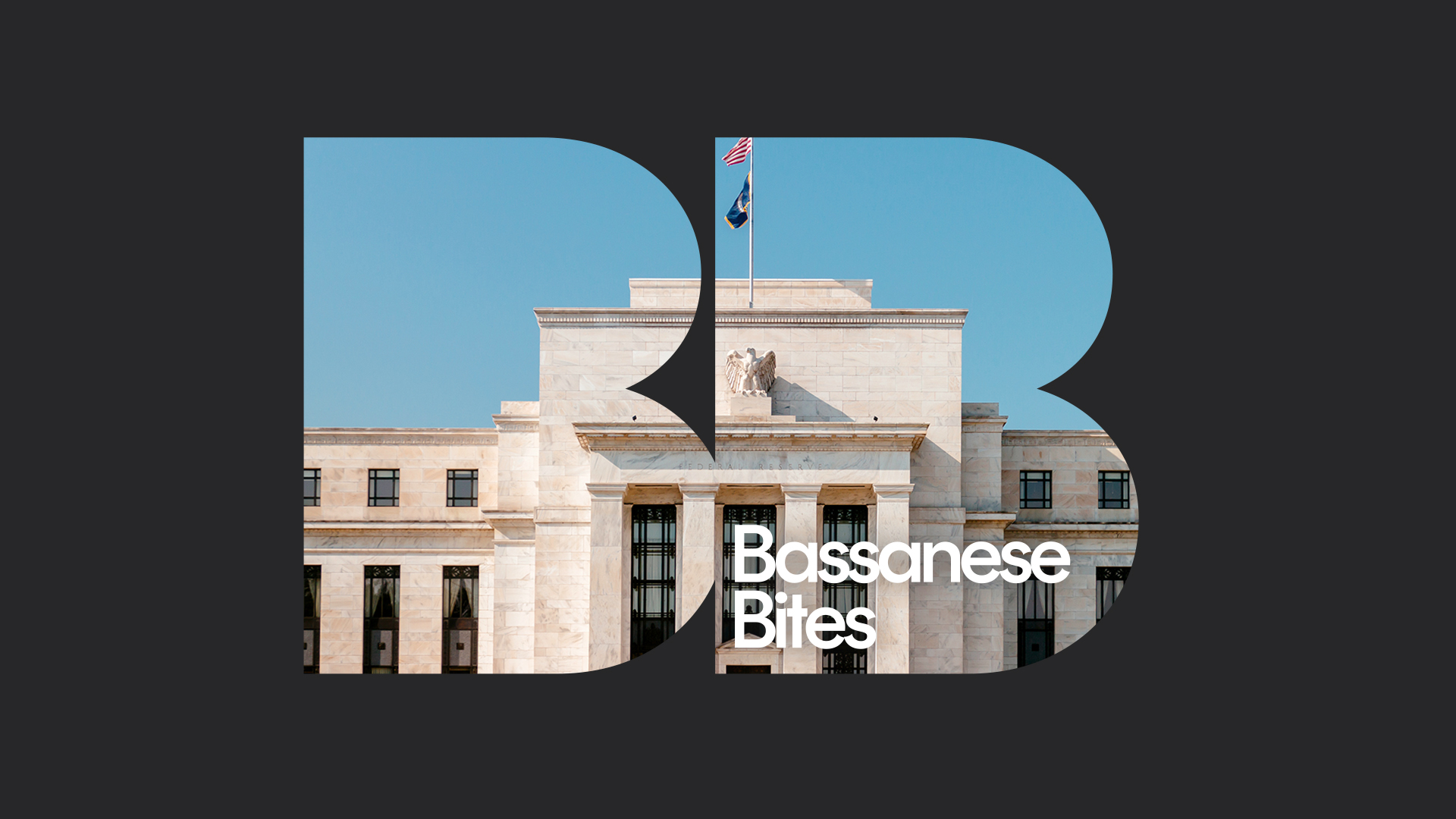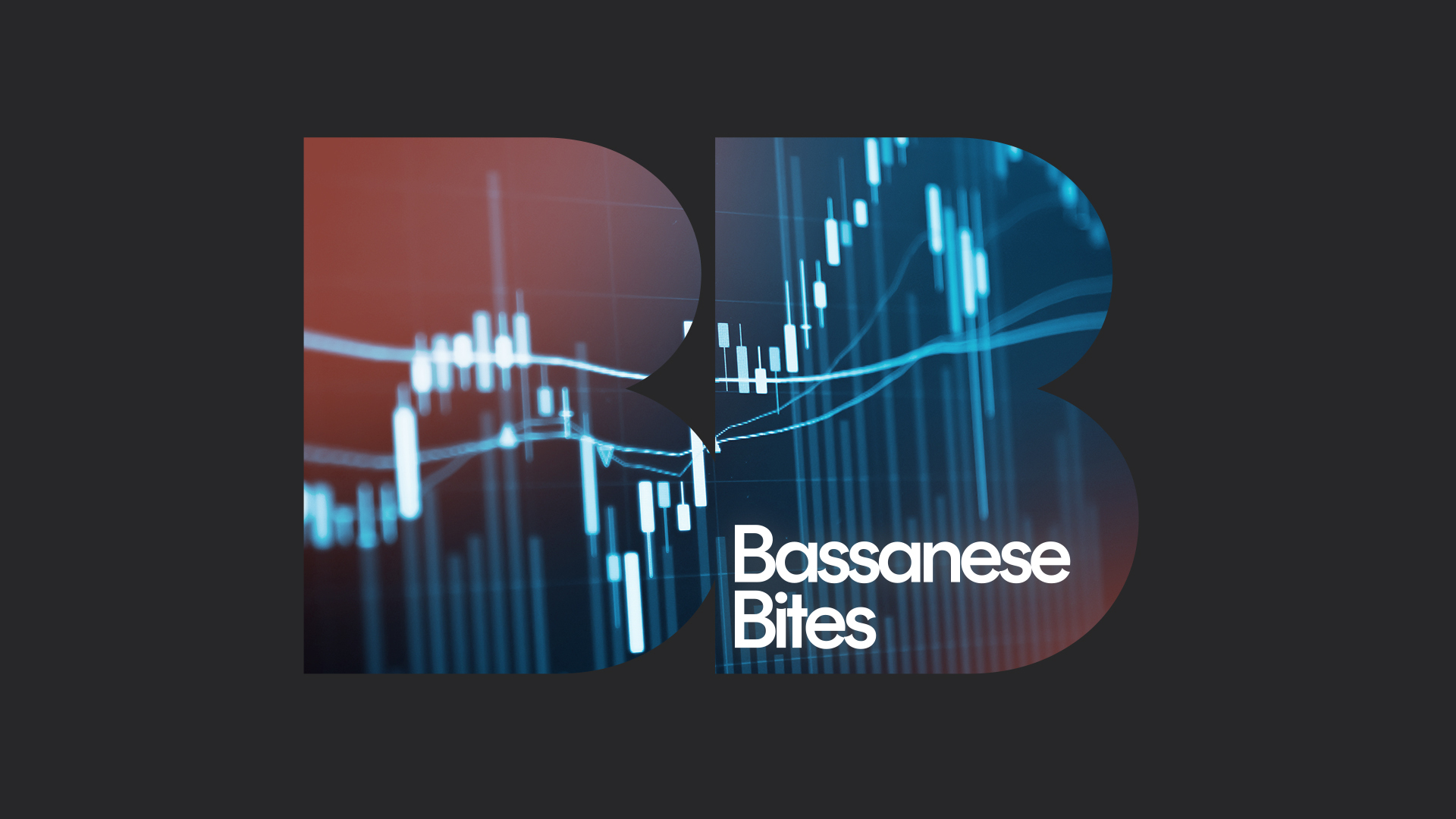

David Bassanese
Betashares Chief Economist David is responsible for developing economic insights and portfolio construction strategies for adviser and retail clients. He was previously an economic columnist for The Australian Financial Review and spent several years as a senior economist and interest rate strategist at Bankers Trust and Macquarie Bank. David also held roles at the Commonwealth Treasury and Organisation for Economic Co-operation and Development (OECD) in Paris, France.
4 minutes reading time
Global markets
A further easing in global banking concerns and a slightly lower-than-expected US inflation report saw Wall Street advance for the third week. The S&P 500 rose a lazy 3.5%, to be 1.6% below its early February high – just before concerns over an overly strong US economy, and then the banking crisis kicked in.

The great hope now is that the likely tightening in lending conditions among small/medium-sized US banks – due to greater competition for their deposit base – could help slow the economy without the Fed having to do much further work. At the same time, a combination of still-firm US economic data and easing inflation pressures have kept hopes alive of a US soft landing.
This news has been especially great for the interest-rate-sensitive technology sector – the tech-heavy NASDAQ-100 broke above its early-February high last week.
That said, US 10-year bond yields ticked up last week to 3.47% – following declines over the past three weeks from a pre-banking crisis peak of 3.95% in early March. Markets ended the week with a 50-50 chance of the Fed raising rates a further 0.25% at the May policy meeting.
The key news last week was that the core US consumption deflator rose 0.3% in February, or just shy of the 0.4% market expectation. Annual core inflation is now down to 4.6% from a peak of 5.4% in February last year. The critical services ex-housing component (or the recently dubbed ‘super core’ measure) also rose only 0.3%.
All up, US inflation is moving in the right direction, but remains uncomfortably high – and whether it can continue easing back toward the Fed’s target still remains critically dependent on wage growth and lingering labour market tightness. In this regard, we’ll get critical new information in Friday’s US March payrolls report – where another strong 240k gain in employment is expected. Also critical will be average hourly earnings, which are expected to rise 0.3%, though with annual growth easing to 4.3% from 4.6%.

Australian market
The local equity market caught up with the global equity rebound last week, with the S&P/ASX 200 rising by 3.2% – after seven consecutive weekly declines!

Along with global optimism, also helping the market was reasonably soft local economic data last week, which keeps hopes alive that the RBA will baulk at raising rates at tomorrow’s policy meeting.
Retail sales in February inched ahead by 0.2%, consistent with a softening trend since late last year (especially after allowing for strong immigration-driven population gains). The monthly consumer price index (CPI) report was also softer than expected, with annual growth easing to 6.8% – compared to a market expectation of 7.2%. It appears some of the year-end surge in travel prices has eased back, along with a further easing in electricity prices and building costs.
Against this, however, the February labour market report was especially strong – with employment surging by 60k. Global banking concerns should also be no barrier to the RBA lifting rates. As of this morning, the market attaches little chance of the RBA hiking rates this week, though thinks there’s still a slim chance it could instead raises in May after the Q1 quarterly CPI report.
What do I think? In the interests of market clarity, I think it would be better for the RBA to hike rates this week and then announce a pause in the post-meeting statement – rather than pause though retain the lingering possibility it could hike rates in May. A pause of only one month is too confusing and destabilising in my view. Far better to get one more hike done and then have greater confidence that the Bank can pause for at least three-to-six months and await further data.
Eleventh-hour news on the economy that might still sway RBA thinking is a collection of housing reports this morning – home lending, building approvals and house prices. While home lending and building approvals are likely to remain fairly weak, based on weekly reports so far, it appears house prices actually rebounded in March – led by solid gains in Sydney. Although national housing affordability remains especially poor, house prices are likely close to a bottom as official interest rates are close to a peak – especially if the economy (as still seems likely) manages to avoid a hard landing over the coming year.
Have a great week!
David is responsible for developing economic insights and portfolio construction strategies for adviser and retail clients. He was previously an economic columnist for The Australian Financial Review and spent several years as a senior economist and interest rate strategist at Bankers Trust and Macquarie Bank. David also held roles at the Commonwealth Treasury and Organisation for Economic Co-operation and Development (OECD) in Paris, France.
Read more from David.

